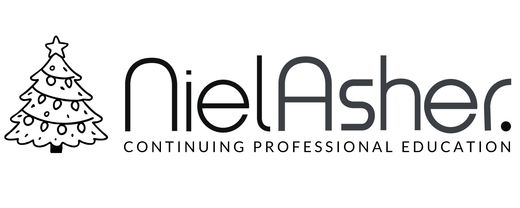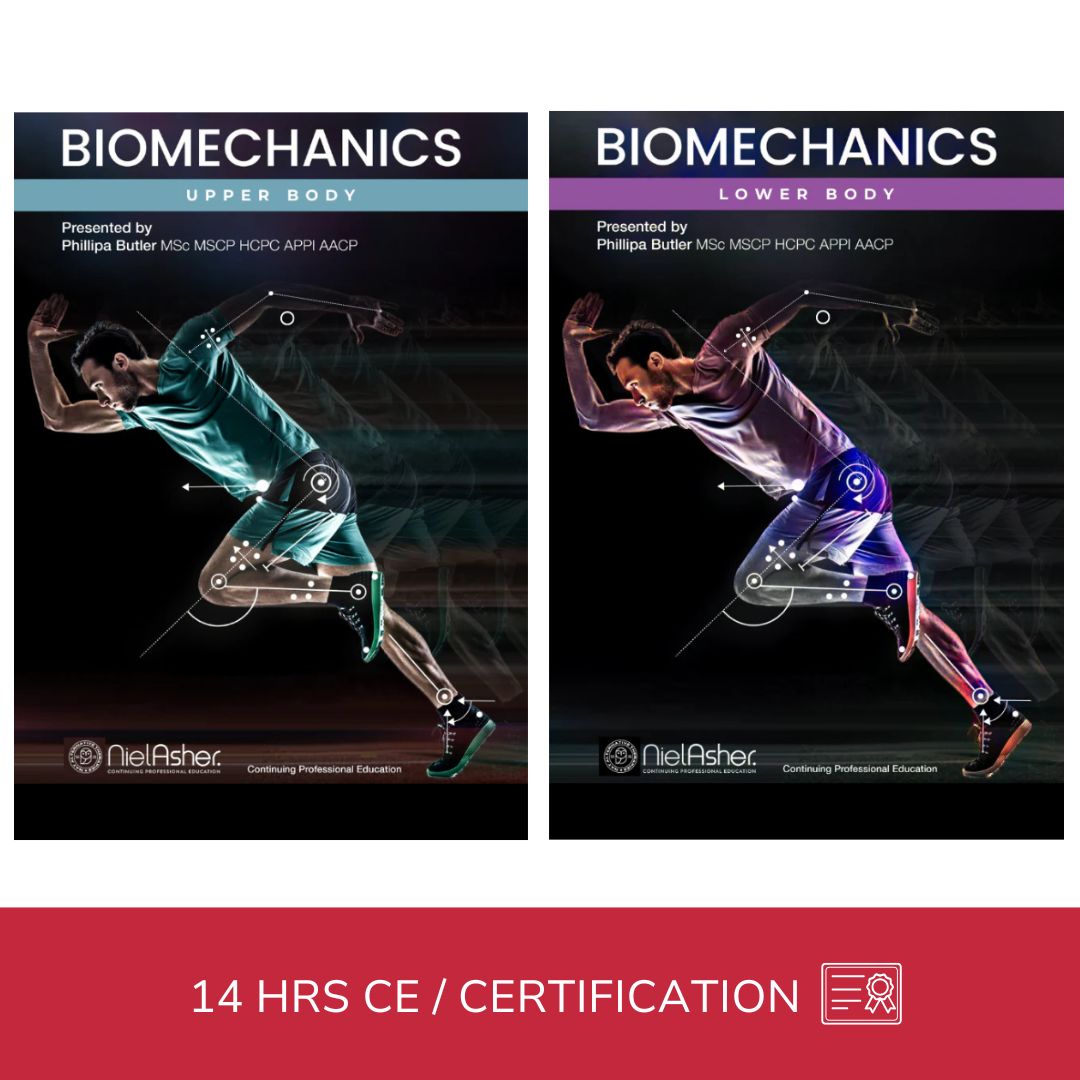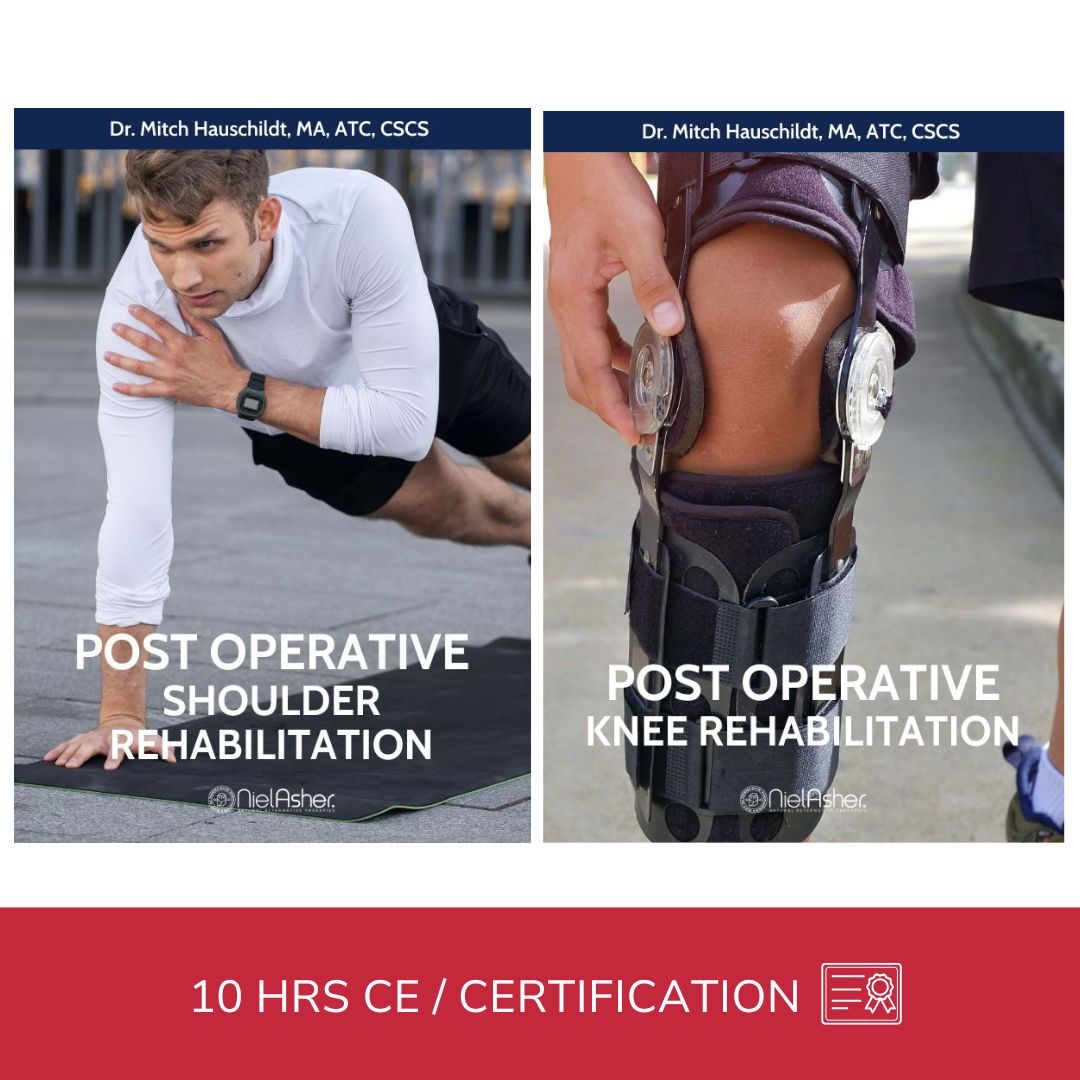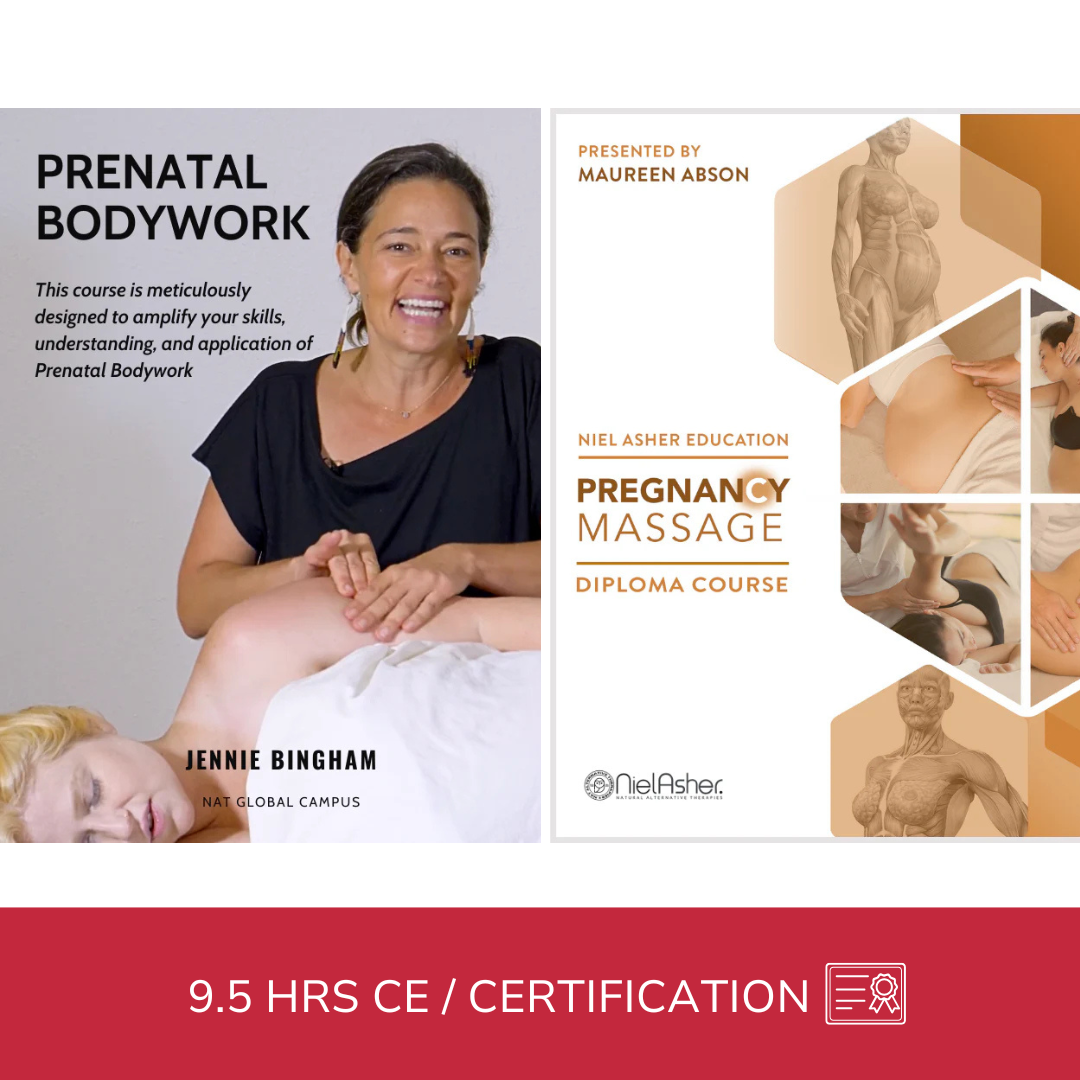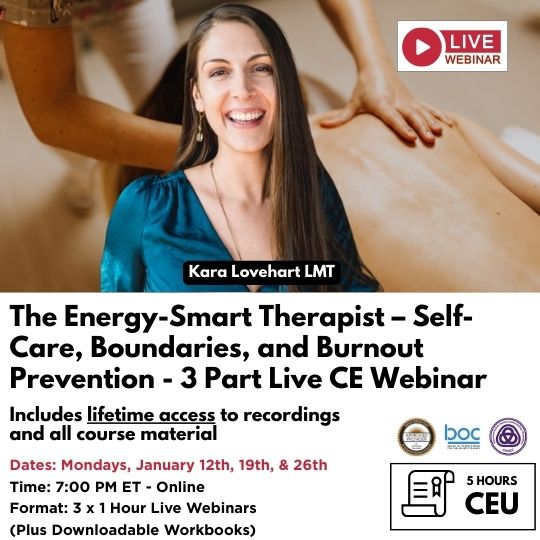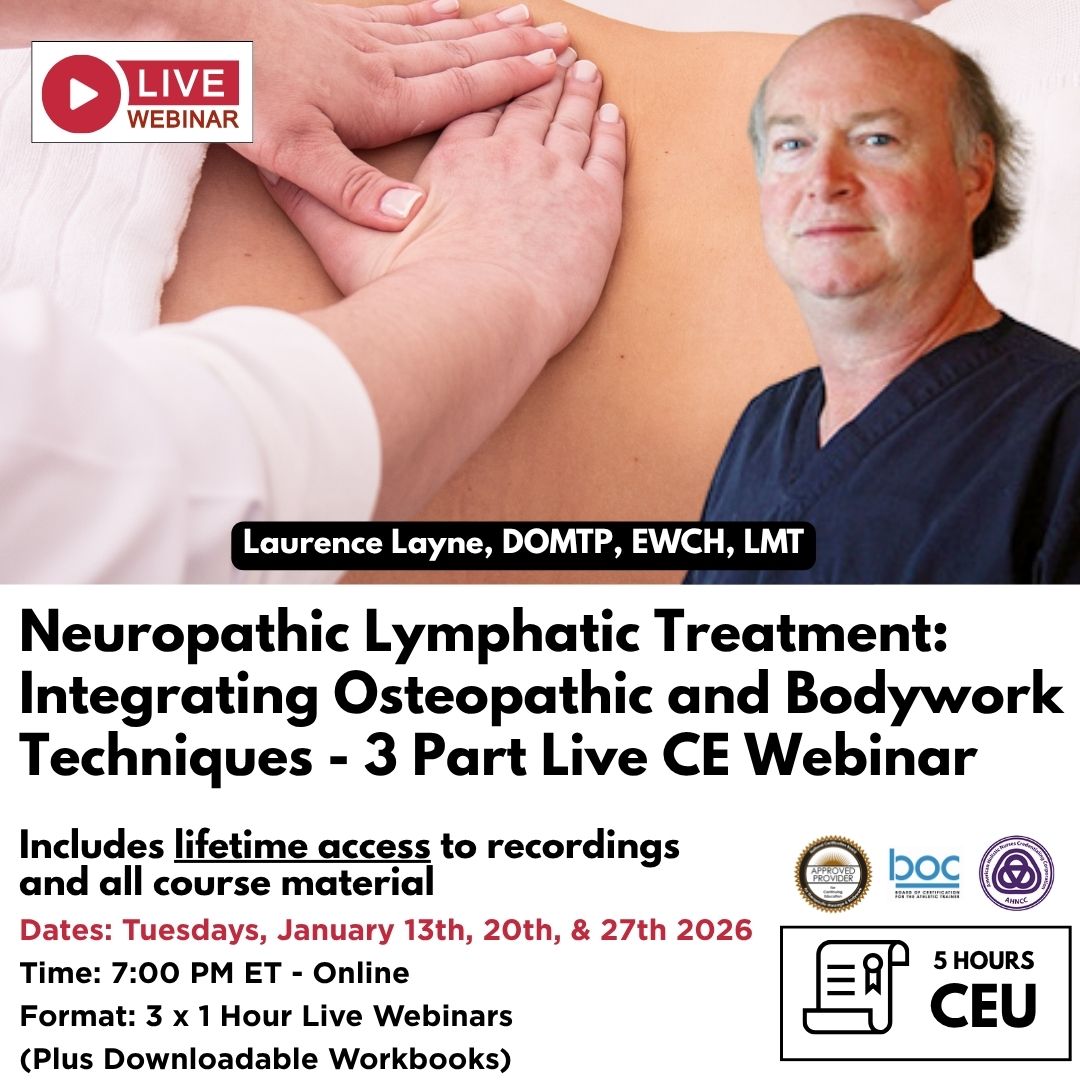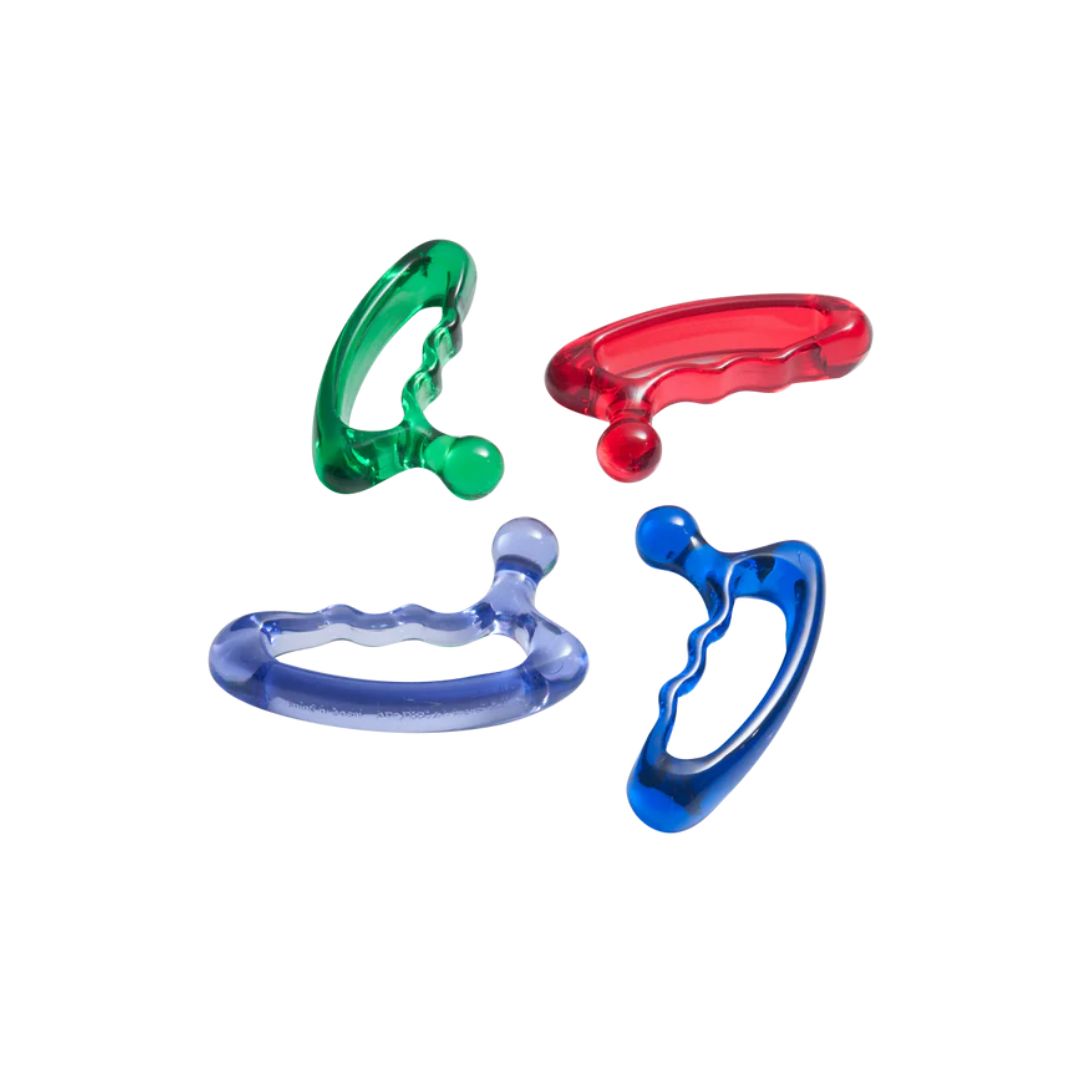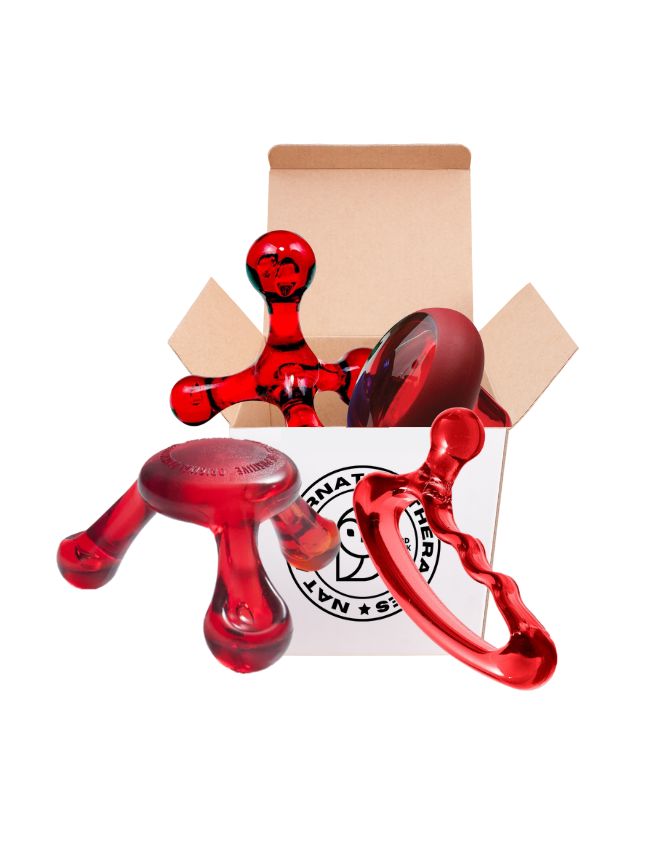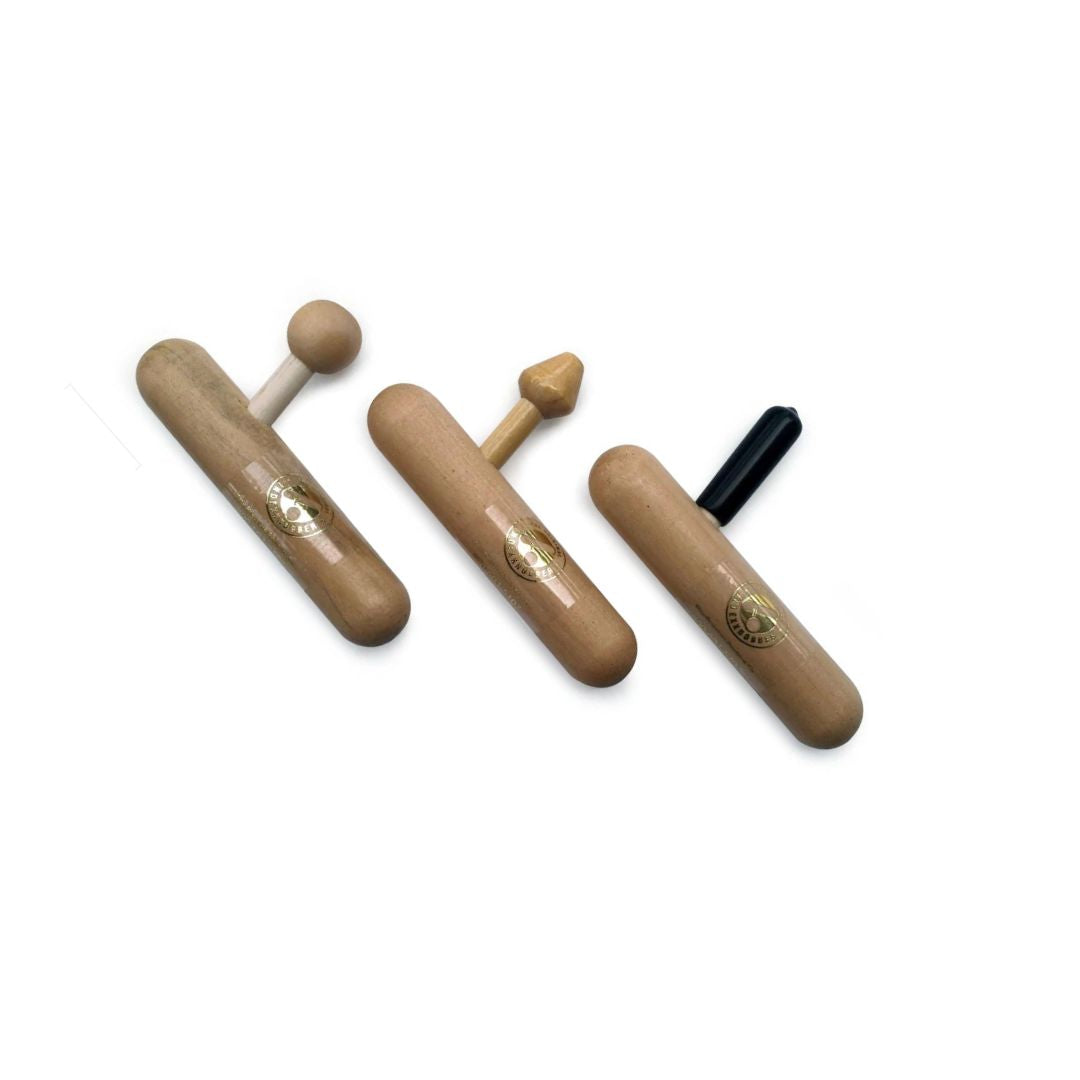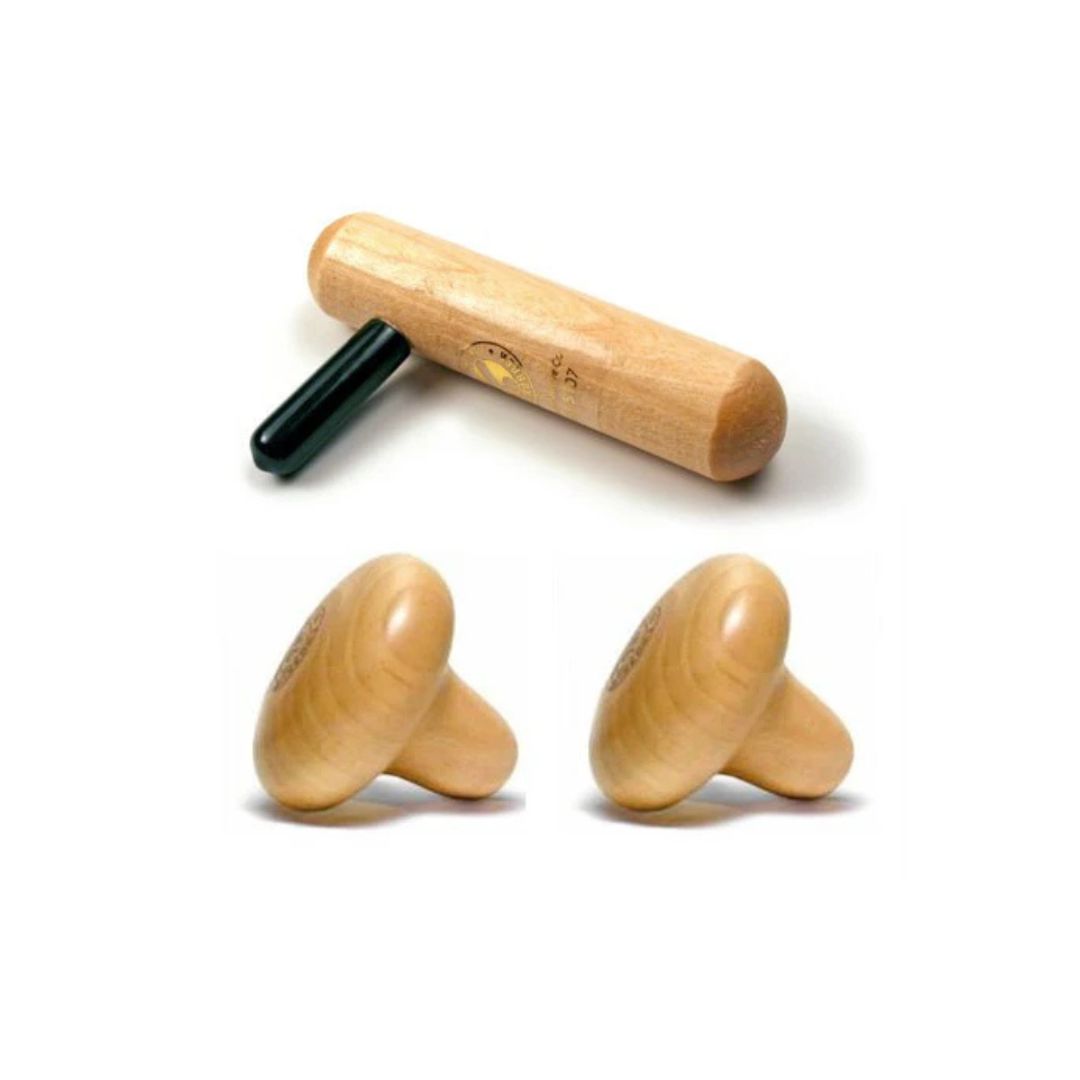Shedding Light on Red Light Therapy: Facts, Myths, and Benefits
Why Everyone's Talking About Red Light Therapy (and Should You Join Them?)
Red Light Therapy (RLT), also known as photobiomodulation or low-level laser therapy, is rapidly becoming one of the most talked-about wellness trends today. From skin rejuvenation and hair growth to pain relief and improved athletic recovery, this non-invasive therapy is capturing attention across social media platforms, wellness blogs, and clinical settings. But what exactly is Red Light Therapy, and does the scientific evidence truly back up the bold claims circulating online?
Understanding Red Light Therapy: How Does It Work?
At its core, Red Light Therapy involves exposing the body to low levels of red and near-infrared (NIR) light, typically ranging between 600 and 1000 nanometers. Unlike ultraviolet (UV) rays, which can harm the skin, red and near-infrared wavelengths penetrate deeper into the skin layers without causing damage.
The primary mechanism behind RLT involves stimulating the mitochondria—the powerhouse within cells. When mitochondria absorb these specific wavelengths, they produce more adenosine triphosphate (ATP), the cellular energy crucial for many biological processes. This enhanced cellular energy supports healing, reduces inflammation, and promotes tissue repair.
Why Is Red Light Therapy Trending Now?
Several factors have contributed to the surge in popularity of Red Light Therapy. First, social media has significantly amplified awareness. Influencers and celebrities frequently share their glowing skin routines featuring RLT, driving widespread curiosity and adoption. For example, high-profile personalities often showcase at-home RLT devices, which has propelled consumer interest.
Another factor fueling the trend is the advancement of technology. Today, powerful and convenient at-home RLT devices such as handheld wands, full-body panels, and facial masks are widely available. The increased accessibility and affordability of these FDA-cleared products allow more people to experience the benefits of RLT conveniently and regularly.
Additionally, the growing public preference for non-invasive therapeutic options has made RLT particularly appealing. With more individuals cautious about invasive surgeries or chemical-based treatments, RLT provides a safer alternative for cosmetic enhancement, pain management, and even recovery from athletic injuries.
The Science Behind Red Light Therapy: What Does the Evidence Say?
Red Light Therapy boasts several documented benefits supported by scientific research. For skin health and anti-aging, studies have consistently demonstrated RLT’s effectiveness in stimulating collagen production, which improves skin elasticity and reduces fine lines and wrinkles. Clinical trials have found notable improvements in skin texture and tone, particularly in conditions such as acne vulgaris, psoriasis, and eczema.
In hair restoration, RLT has shown promise in treating androgenetic alopecia, commonly known as pattern baldness. Research indicates that the therapy promotes blood flow and nutrient delivery to hair follicles, encouraging hair growth and thickness. These findings are significant, offering hope for individuals experiencing hair thinning or loss.
The therapeutic use of RLT also extends to pain relief and inflammation reduction, especially beneficial in conditions such as osteoarthritis, rheumatoid arthritis, and chronic musculoskeletal pain. The anti-inflammatory effects arise from increased cellular energy and improved circulation, which collectively alleviate pain and enhance joint mobility.
Furthermore, the wound-healing properties of RLT are robustly supported by research, including studies originally conducted by NASA. Astronauts exposed to red light demonstrated quicker healing and reduced inflammation in space. Subsequent studies have replicated these outcomes, validating RLT's efficacy in wound care, including post-surgical healing and chronic ulcers.
Practical Applications: From Clinics to Home Use
The versatility of Red Light Therapy is reflected in its wide-ranging applications. Medical practitioners commonly employ RLT in dermatology clinics for treating acne, reducing signs of aging, and enhancing skin rejuvenation. It’s also popular in sports medicine facilities, aiding athletes with accelerated muscle recovery, reduced soreness, and improved overall performance.
At-home RLT devices, although typically less powerful than professional-grade equipment, provide a convenient option for ongoing personal care. Regular use of these devices can deliver significant improvements, particularly in skin appearance, mild pain management, and general wellness.
Safety and Precautions
While Red Light Therapy is generally safe, certain precautions are necessary. Users should always wear eye protection during therapy sessions, as direct exposure to intense red or near-infrared light can potentially damage the eyes. Individuals taking photosensitizing medications or those with light-sensitive skin conditions should seek medical advice before starting RLT.
Quality and compliance are crucial factors when choosing at-home devices. Selecting products that have FDA clearance and following manufacturer guidelines ensures safe and effective use. Improperly designed or used devices could result in mild skin irritation or even burns, underscoring the importance of informed, careful usage.
Limitations and Future Research
Despite promising outcomes, RLT is not without limitations. Studies vary significantly in methodologies, making consistent conclusions challenging. More comprehensive research is needed to define optimal treatment protocols, including appropriate wavelengths, treatment duration, and frequency.
Additionally, some exaggerated claims regarding RLT—such as substantial weight loss, major mental health improvements, or treatment for severe chronic diseases—lack robust scientific validation. Consumers should approach such promises with skepticism, focusing instead on the applications where evidence is strongest and most reliable.
Conclusion: Balancing Enthusiasm with Realistic Expectations
Red Light Therapy offers exciting potential across multiple domains—from skincare and beauty to pain relief and healing. The intersection of modern technology, increasing consumer interest, and scientifically supported benefits makes it a compelling wellness trend. However, it's essential to balance enthusiasm with realistic expectations, grounded in scientific evidence and prudent personal practices.
Ultimately, while Red Light Therapy is indeed real and backed by substantial research, continuous scientific exploration will further clarify its full scope and limitations. In the meantime, informed use guided by credible evidence and medical advice can enable individuals to safely harness its promising benefits.
Disclaimer: This article provides informational content and does not replace professional medical advice. Always consult your healthcare provider before starting new treatments or therapies.
About Niel Asher Education
Niel Asher Education (NAT Global Campus) is a globally recognised provider of high-quality professional learning for hands-on health and movement practitioners. Through an extensive catalogue of expert-led online courses, NAT delivers continuing education for massage therapists, supporting both newly qualified and highly experienced professionals with practical, clinically relevant training designed for real-world practice.
Beyond massage therapy, Niel Asher Education offers comprehensive continuing education for physical therapists, continuing education for athletic trainers, continuing education for chiropractors, and continuing education for rehabilitation professionals working across a wide range of clinical, sports, and wellness environments. Courses span manual therapy, movement, rehabilitation, pain management, integrative therapies, and practitioner self-care, with content presented by respected educators and clinicians from around the world.
Known for its high production values and practitioner-focused approach, Niel Asher Education emphasises clarity, practical application, and professional integrity. Its online learning model allows practitioners to study at their own pace while earning recognised certificates and maintaining ongoing professional development requirements, making continuing education accessible regardless of location or schedule.
Through partnerships with leading educational platforms and organisations worldwide, Niel Asher Education continues to expand access to trusted, high-quality continuing education for massage therapists, continuing education for physical therapists, continuing education for athletic trainers, continuing education for chiropractors, and continuing education for rehabilitation professionals, supporting lifelong learning and professional excellence across the global therapy community.
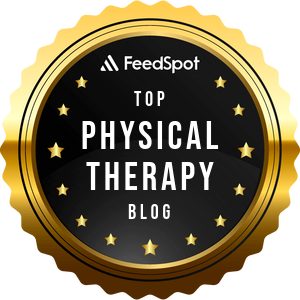
Continuing Professional Education
Looking for Massage Therapy CEUs, PT and ATC continuing education, chiropractic CE, or advanced manual therapy training? Explore our evidence-based online courses designed for hands-on professionals.
